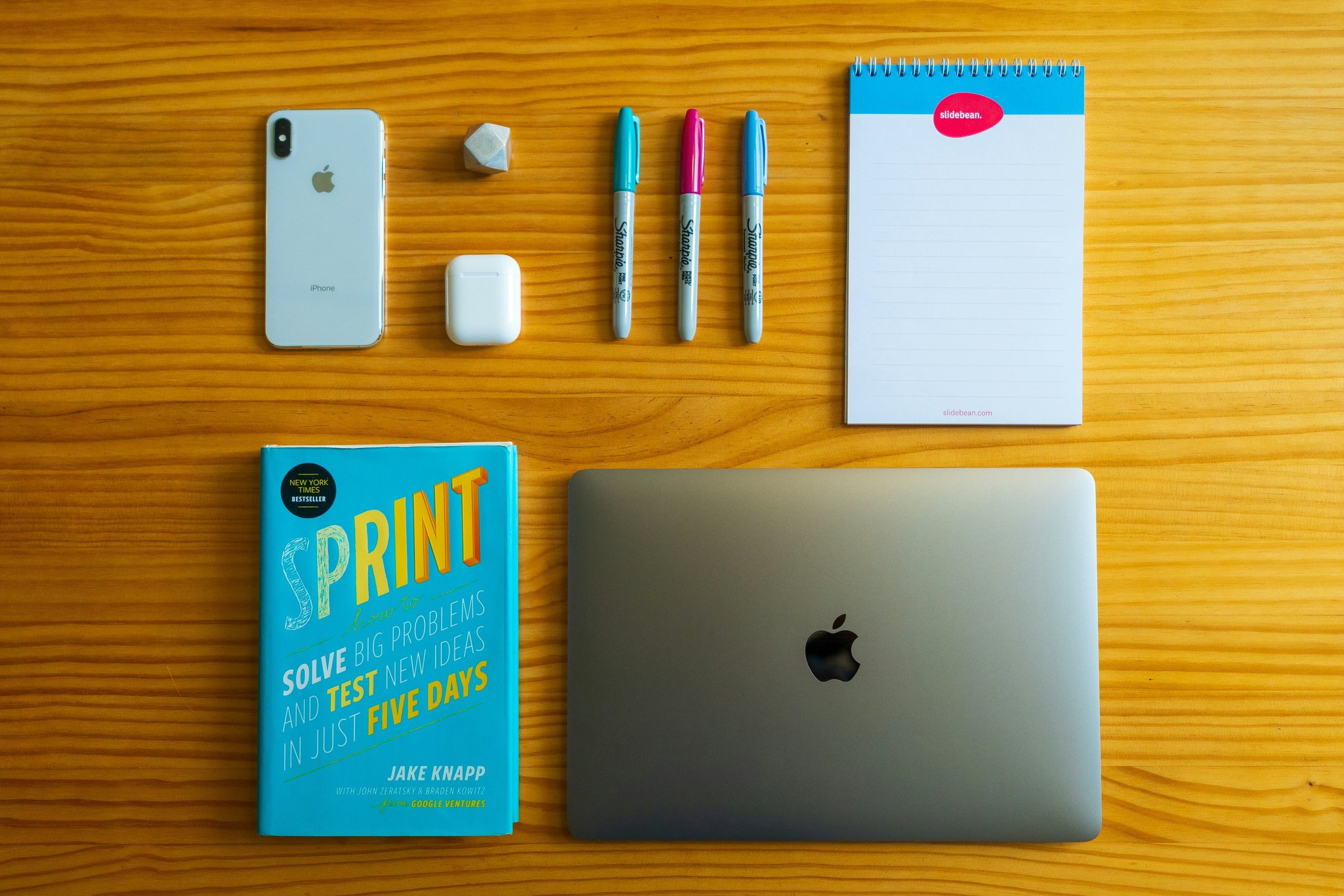Ever spent hours manually formatting citations for your research paper? Yeah, us too. If only there were an easier way to manage those pesky references while keeping your sanity intact. Enter the magical world of paper referencing apps. In this post, we’ll dive deep into why these tools are game-changers for productivity and well-being, how to choose the right one, and tips to maximize their potential. You’ll learn:
- Why managing citations is so stressful (and what you can do about it).
- A step-by-step guide to using a paper referencing app effectively.
- Top picks for researchers who want efficiency without sacrificing mental health.
Table of Contents
- Key Takeaways
- The Citation Struggle Is Real
- Step-by-Step Guide to Using a Paper Referencing App
- Top Tips for Maximizing Your App’s Potential
- Real-Life Success Stories: How Researchers Thrive with These Tools
- FAQs About Paper Referencing Apps
- Conclusion
Key Takeaways
- Paper referencing apps automate tedious citation tasks, saving time and reducing stress.
- Choosing the right app depends on your specific needs—whether that’s compatibility, budget, or user-friendliness.
- Poorly managed references can lead to plagiarism accusations or missed deadlines, which no researcher wants.
The Citation Struggle Is Real
Imagine this: It’s 3 AM, and you’re neck-deep in writing your thesis. Suddenly, you realize half your sources aren’t formatted correctly because you forgot to note down page numbers. Sound familiar?
Let me confess something embarrassing here. Once, I submitted a draft riddled with inconsistent citation styles. My professor gave me The Look™️—you know the one—and said, “This isn’t Hogwarts; magic won’t fix your bibliography.” Ouch.

Caption: The chaos of manual citation management—it doesn’t have to be this way!
Here’s the bitter truth: Poor citation practices don’t just hurt grades; they waste precious brainpower better spent on actual analysis. That’s where a good paper referencing app comes in handy. But hold up—not all heroes wear capes. Some come bundled as sleek software solutions designed specifically for researchers like you.
Step-by-Step Guide to Using a Paper Referencing App
Optimist You:* “Follow these steps, and citations will practically organize themselves!”
Grumpy You: “Ugh, fine—but only if coffee’s involved.”
Step 1: Choose the Right Tool for You
Not all paper referencing apps are created equal. Some cater to beginners, while others boast advanced features for seasoned academics. Popular options include:
- EndNote: Great for collaboration but expensive.
- Zotero: Free, open-source, and beginner-friendly.
- Mendeley: Offers PDF annotation alongside reference management.

Step 2: Import Sources
Most apps allow you to import sources directly from databases like PubMed, Google Scholar, or even your browser bookmarks bar. One click, and voilà—your source is ready to cite.
Step 3: Organize Libraries
Create folders based on topics or projects. Think: Dissertation Chapter 1, Literature Review, or Brainstorming Ideas at 2 AM. Trust me, future-you will thank present-you.
Step 4: Generate Citations
Select your preferred citation style (APA, MLA, Chicago, etc.) and let the app do its thing. Sounds like your laptop fan during a 4K render—whirrrr—but infinitely more satisfying.
Top Tips for Maximizing Your App’s Potential
- Sync Across Devices: Cloud storage ensures you never lose access to your library again.
- Use Plugins: Many apps integrate seamlessly with Word, Google Docs, or Overleaf for smoother workflows.
- Backup Regularly: This strategy is chef’s kiss for drowning algorithms—or accidental data loss.
Pro Tip: Don’t over-rely on auto-generated citations. Double-check them occasionally. Why? Because sometimes, technology gets things hilariously wrong (e.g., citing Taylor Swift as a scientific authority).
Terrible Tip Disclaimer: Ignore anyone who says, “Just wing it.” Manual citations often result in errors worse than autocorrect fails—trust me, I’ve seen people cite Wikipedia under pseudonyms.
Real-Life Success Stories: How Researchers Thrive with These Tools
Take Sarah, a Ph.D. student juggling five papers simultaneously. She switched to Zotero and shaved off two hours per week editing her bibliographies. Or consider Mark, whose team used Mendeley to share annotated PDFs across continents, cutting project review times in half.

FAQs About Paper Referencing Apps
Is a paper referencing app worth the investment?
Absolutely—if you value your time and sanity. Even free versions offer powerful features.
Can I switch between apps easily?
Yes, most modern apps support file exports/import functionality. Just make sure to back everything up before making the leap.
Which app has the best customer support?
While Zotero shines for community-driven support forums, EndNote offers extensive official resources for troubleshooting.
Conclusion
If you’re still wrestling with manual citations, stop torturing yourself. A reliable paper referencing app not only saves hours but also reduces anxiety levels significantly. From automating mundane tasks to enabling seamless teamwork, these tools are indispensable for any serious academic.
So go ahead—download one today. And remember, as much as we love nostalgia, nobody misses the days of flipping through physical indices faster than dial-up internet speeds. Like a Tamagotchi, your SEO needs daily care, but once mastered, it thrives forever.
Haiku Time:
Citations conquered,
Brain freed for deeper thoughts,
Paper joy awaits.


